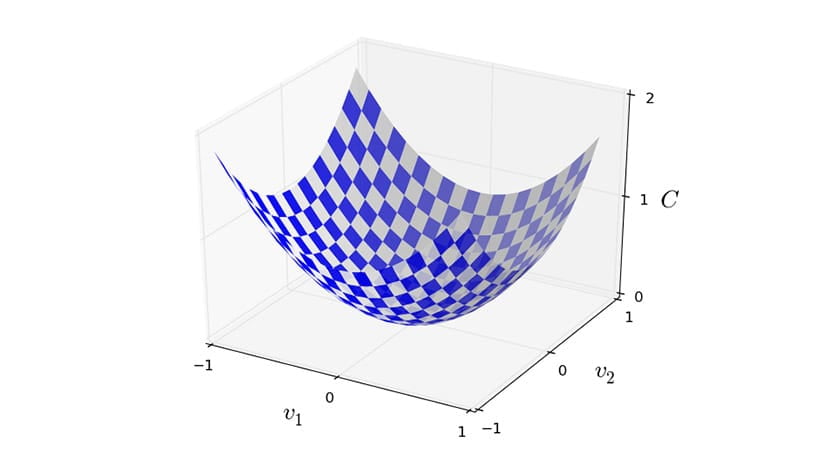
机器学习培训的四个领域
在开启您的学习之旅之前,请务必先了解如何学习机器学习知识。我们将学习流程划分为四个知识领域,每个领域均提供了机器学习的基础知识部分。为帮助您顺利完成学习之旅,我们列出了一些图书、视频和在线课程,不仅有助于您提升能力,还可以让您为在自己的项目中使用机器学习做好准备。我们的指导课程旨在扩大您的知识面,因此可以先从这里着手,或者通过浏览我们的资源库选择您自己的学习路径。
TensorFlow 课程
我们提供的指导课程包含推荐的课程、图书和视频,选择一门课程开启学习之旅吧。

通过这一系列的图书和在线课程了解机器学习的基础知识。您将了解机器学习的基本概念,并在课程的引导下通过 TensorFlow 2.0 了解深度学习。然后您将有机会练习从新手教程中学到的知识。

了解机器学习的基础知识之后,您便可以深入研究神经网络和深度学习的理论知识,并加强对基础数学概念的理解,从而将您的能力提升至一个新水平。

了解使用 JavaScript 开发机器学习模型的基础知识,以及如何直接在浏览器中部署模型。该系列课程将向您简要介绍深度学习,以及如何通过实践练习开始使用 TensorFlow.js。

这本入门书籍从代码的角度介绍了如何实现最常见的机器学习场景,例如计算机视觉、自然语言处理 (NLP),以及网络、移动、云端和嵌入式运行时的序列建模。


本书采用了具体示例和两个可用于生产的 Python 框架(Scikit-Learn 和 TensorFlow),并且理论知识篇幅不多,可帮助您直观地理解构建智能系统用到的概念和工具。


通过端到端的实际操作方法学习 TensorFlow.js 基础知识,适合广泛的技术受众。读完本书后,您将了解如何使用 TensorFlow.js 构建和部署可用于生产环境的深度学习系统。
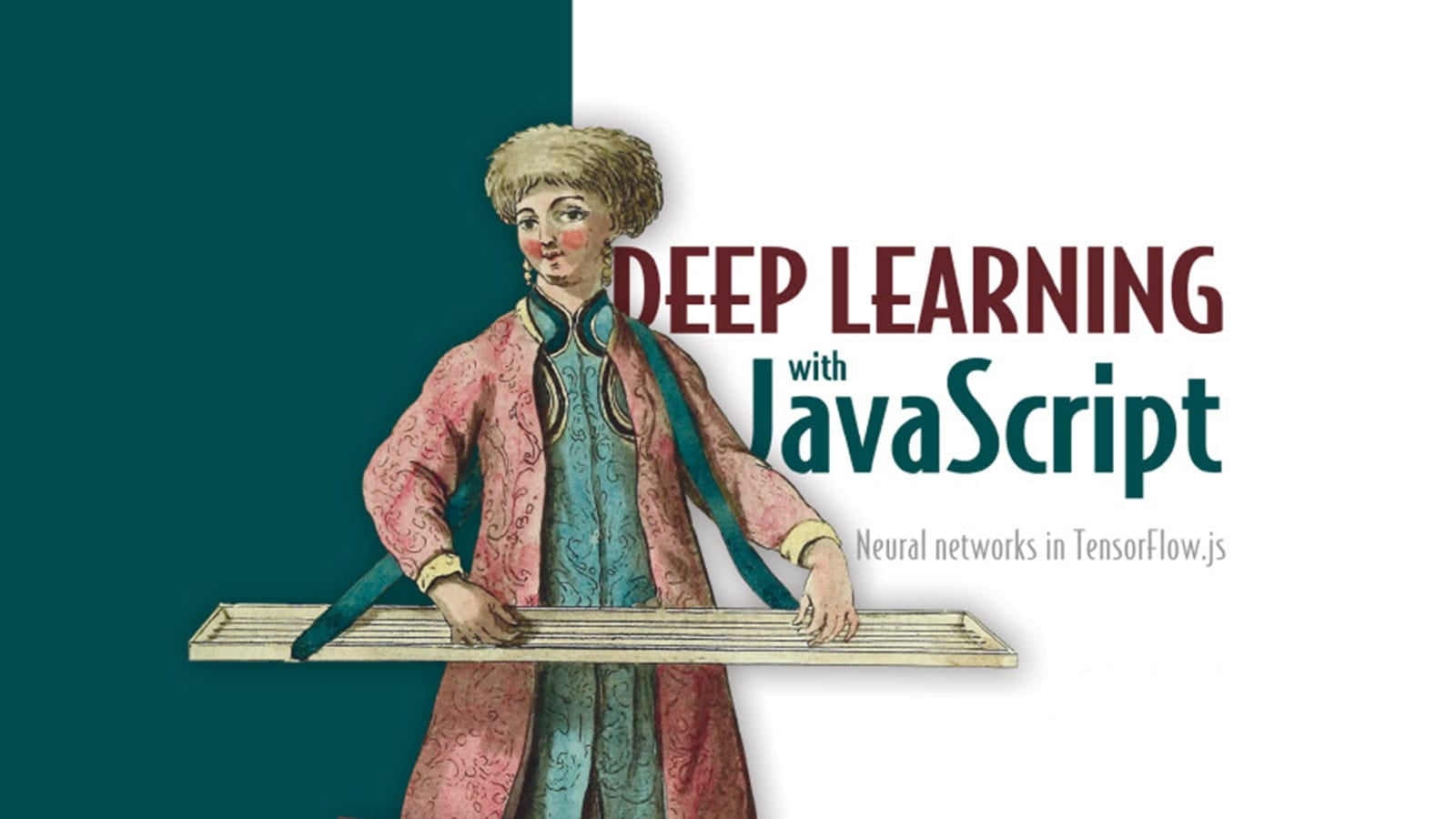
本书由 TensorFlow 库的主要作者编著,提供了关于在浏览器中或 Node 上使用 JavaScript 构建深度学习应用的精彩用例和深入说明。

DeepLearning.AI
TensorFlow 在 AI、机器学习和深度学习中的应用简介该课程是《TensorFlow 开发者》专项课程的一部分,与 TensorFlow 团队联合制作而成,其中将讲解使用 TensorFlow 的最佳实践。


DeepLearning.AI
《TensorFlow 开发者》专项课程在这个由 TensorFlow 开发者讲授且由 4 门课程组成的专项课程中,您将了解开发者在 TensorFlow 中构建由 AI 提供支持且可扩容的算法时使用的工具和软件。

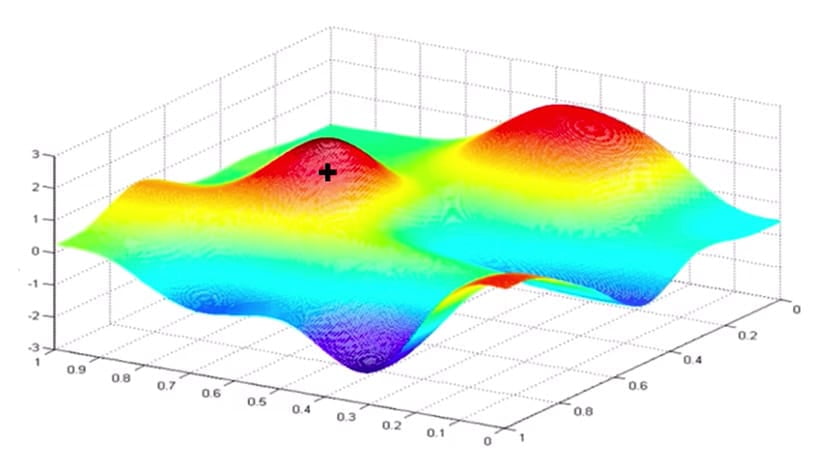

DeepLearning.AI
《深度学习》专项课程通过学习这 5 门课程,您将了解深度学习的基础知识,了解如何构建神经网络,以及如何成功完成机器学习项目并在 AI 领域成就一番事业。在学习过程中,您不仅可以掌握理论知识,还将了解这些理论在行业中的运用情况。

DeepLearning.AI
《TensorFlow:数据和部署》专项课程您已经学习了如何构建和训练模型。现在请学习这个由 4 门课程组成的专项系列课程,了解如何在各种场景下部署模型,以及如何使用数据更有效地训练模型。

DeepLearning.AI
《TensorFlow:高级技术》专项课程这门专项课程适合以下软件工程师和机器学习工程师:对 TensorFlow 有基本了解,希望通过学习高级 TensorFlow 功能来扩展自己的知识和技能,进而构建强大的模型。


此视频概要介绍了线性代数在机器学习中的运用。从未学过线性代数或仅对基础知识略知一二,但希望了解线性代数如何应用于机器学习?那么此视频非常适合您。

Imperial College London
《机器学习数学基础》专项课程Coursera 发布的这门在线专项课程旨在弥合数学与机器学习之间的缺口,让您快速掌握基础数学知识以建立直观的理解,并将其与机器学习和数据科学联系起来。




此入门课程由麻省理工学院发布,内容涵盖矩阵理论和线性代数。此课程重点介绍了在其他学科中很有用的概念,包括方程组、向量空间、行列式、特征值、相似度和正定矩阵。
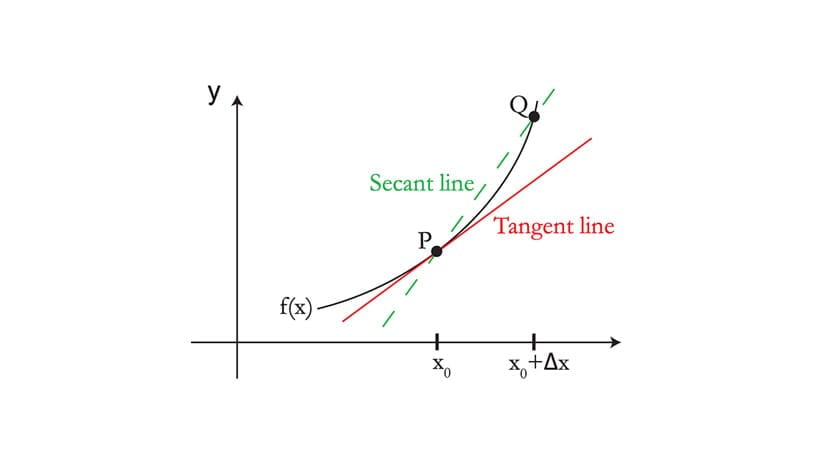

TensorFlow 资源
We've gathered our favorite resources to help you get started with TensorFlow libraries and frameworks specific to your needs. Jump to our sections for TensorFlow.js, LiteRT, and TFX.
You can also browse the official TensorFlow guide and tutorials for the latest examples and colabs.

本入门系列视频适合了解如何编写代码但不一定了解机器学习的人员。您可以查看展示如何构建机器学习模型的“Hello World”基本示例,并了解如何通过卷积神经网络构建图像分类器。


在这个系列中,TensorFlow 团队从编码角度探讨了 TensorFlow 的方方面面,通过视频介绍了 TensorFlow 高阶 API 的使用方式、自然语言处理、Neural Structured Learning,等等。

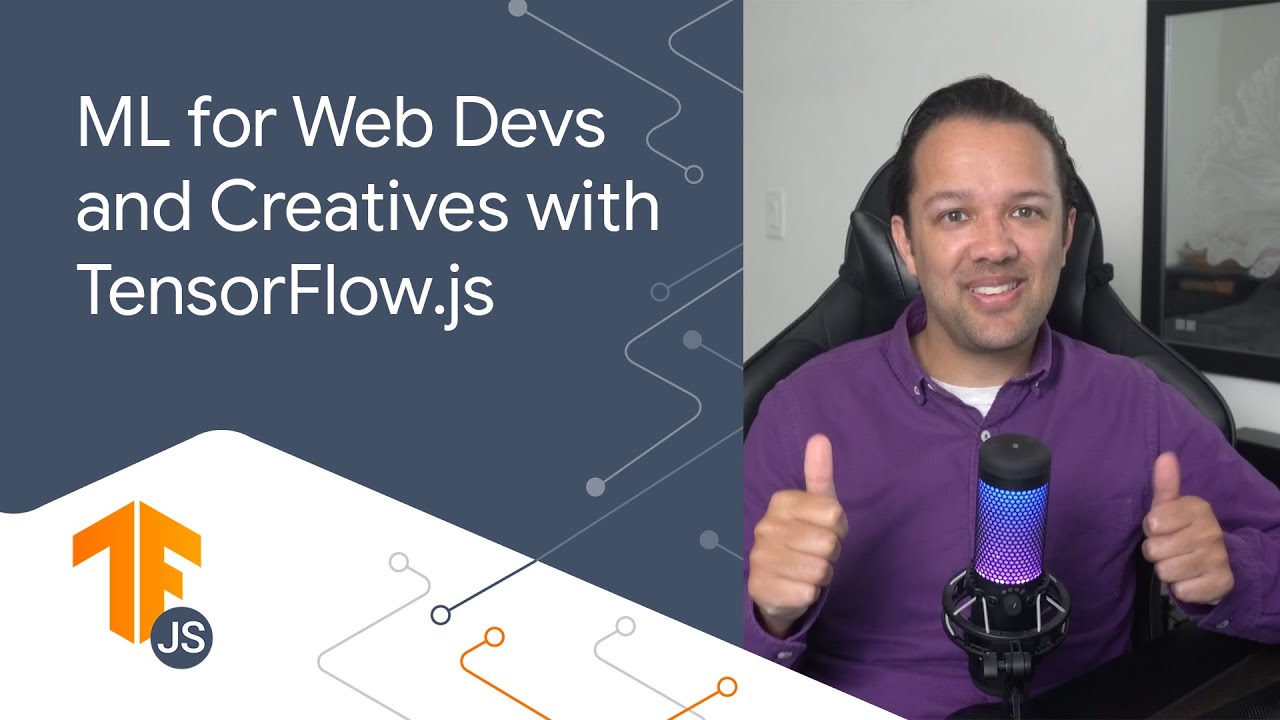
获取有关在具有 JavaScript 的浏览器中使用机器学习的实用知识。了解如何从空白画布中编写自定义模型,通过迁移学习重新训练模型,以及从 Python 转换模型。

通过端到端的实际操作方法学习 TensorFlow.js 基础知识,适合广泛的技术受众。读完本书后,您将了解如何使用 TensorFlow.js 构建和部署可用于生产环境的深度学习系统。
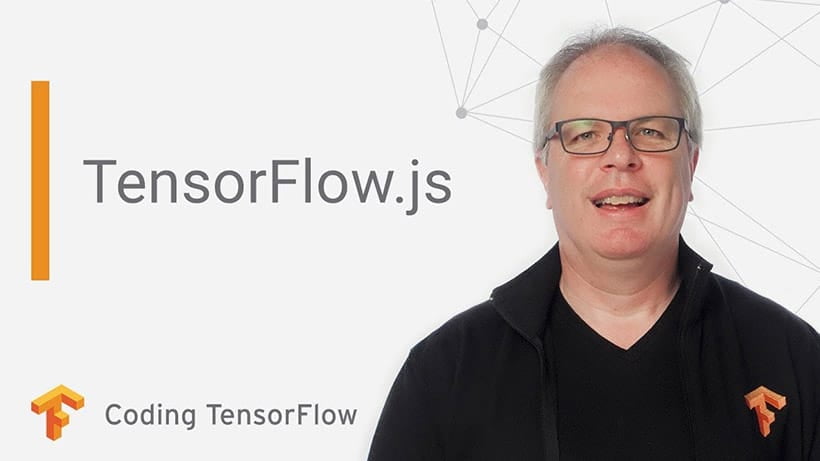
该专项课程由 3 个部分组成,探讨了如何使用 TensorFlow.js 训练和执行机器学习模型,并向您展示了如何使用 JavaScript 创建直接在浏览器中执行的机器学习模型。

借助 TensorFlow.js,从 Web 机器学习新手成为高手。了解如何创建新一代可在客户端运行且能在几乎所有设备上使用的 Web 应用。
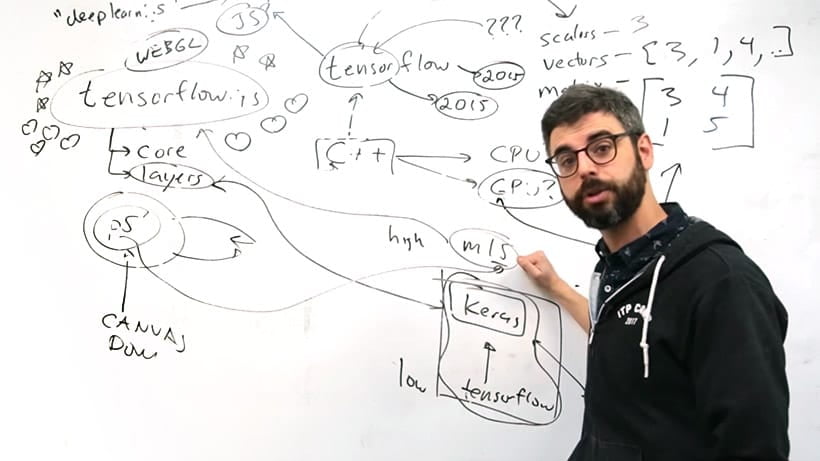
这一系列视频是关于机器学习和构建神经网络的大型系列课程的一部分,重点介绍了 TensorFlow.js、核心 API 以及如何使用 JavaScript 库训练和部署机器学习模型。

Learn how to deploy deep learning models on mobile and embedded devices with LiteRT in this course, developed by the TensorFlow team and Udacity as a practical approach to model deployment for software developers.
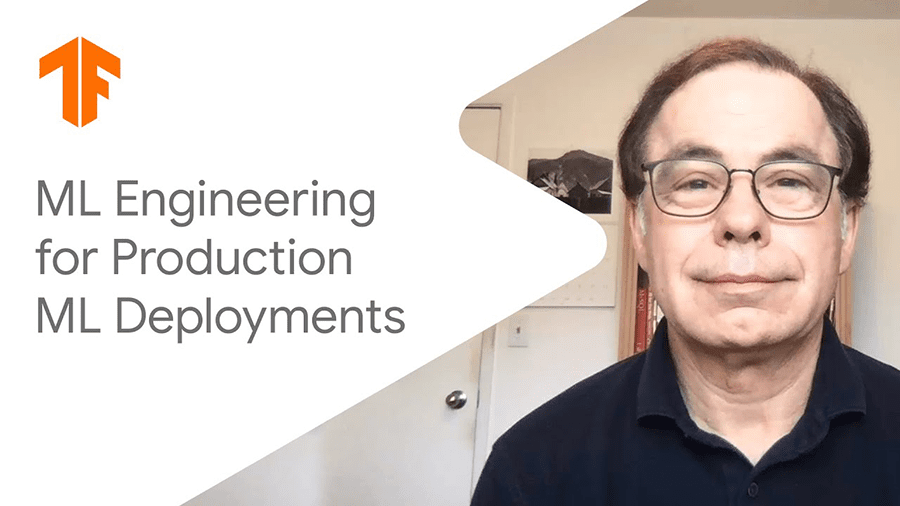


DeepLearning.AI
《将机器学习工程用于生产环境 (MLOps)》专项课程学习这个由 4 门课程组成的专项课程,提高自己的生产工程能力。了解如何构思、构建和维护在生产环境中持续运行的集成系统。




